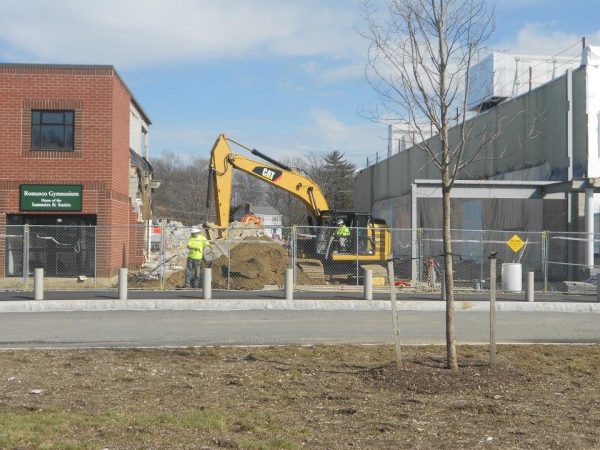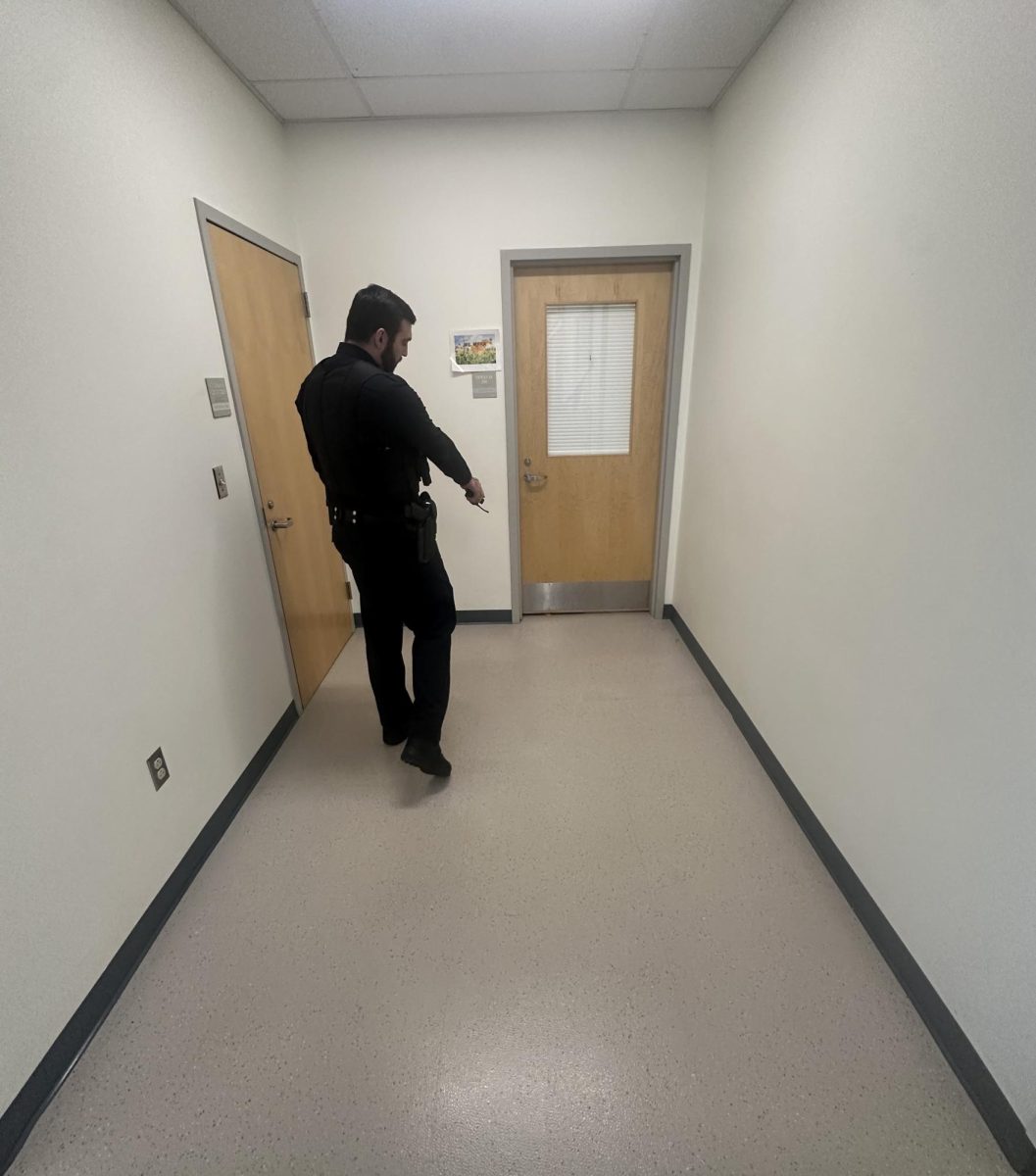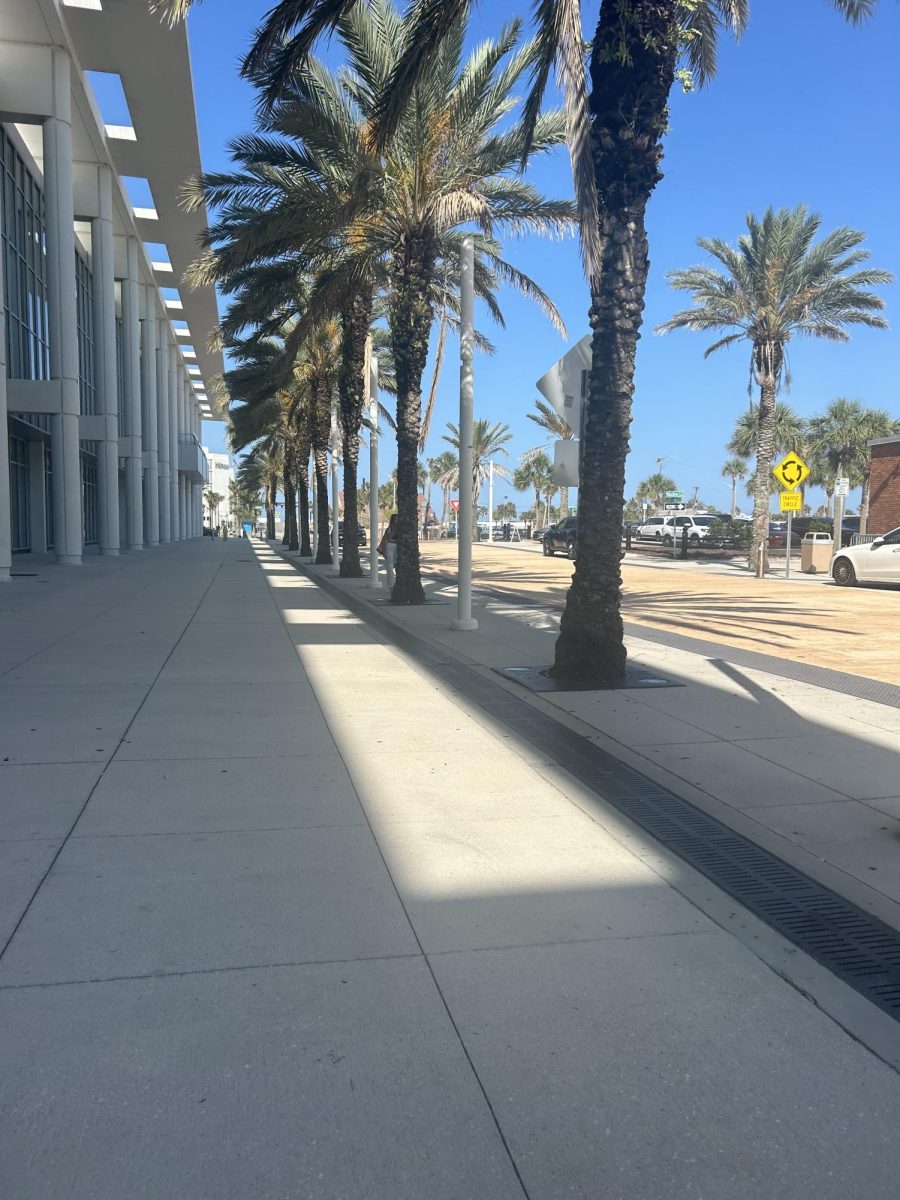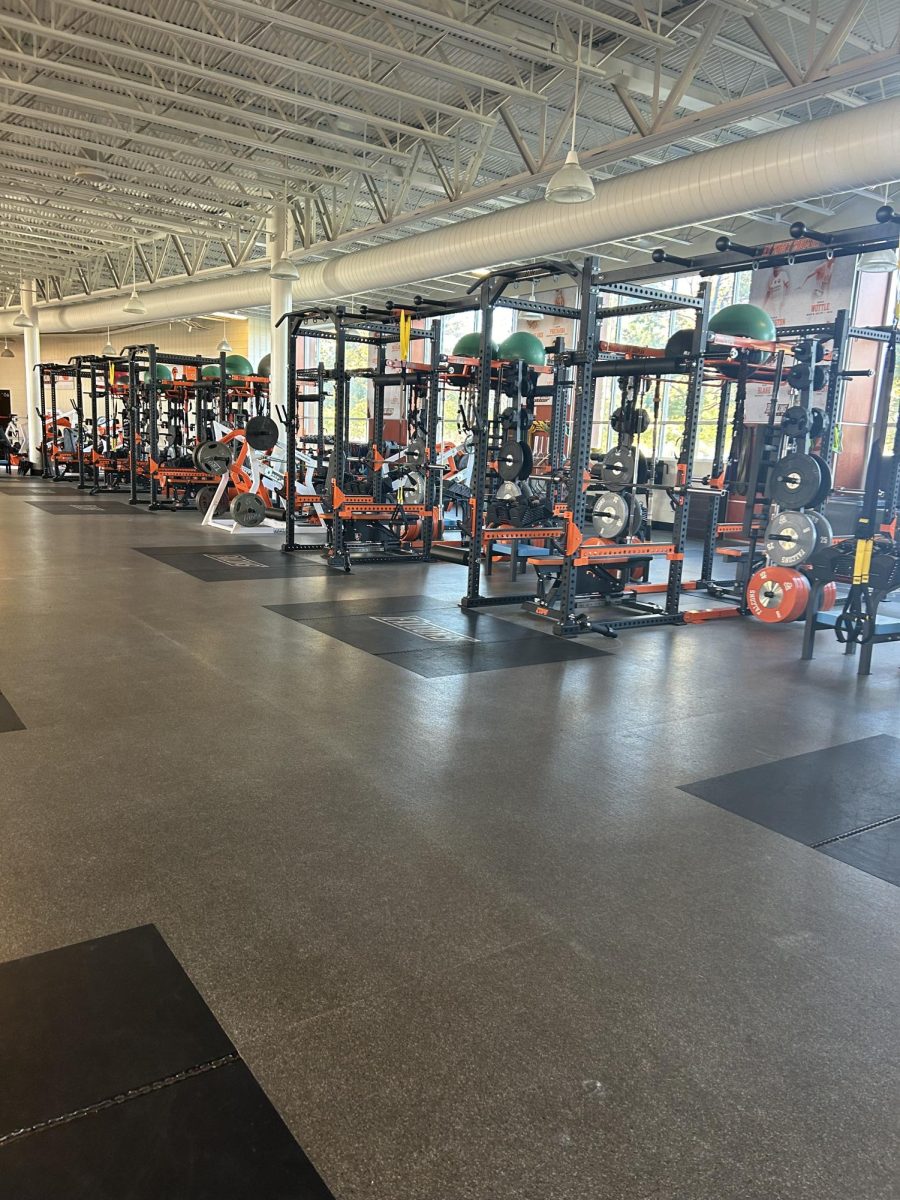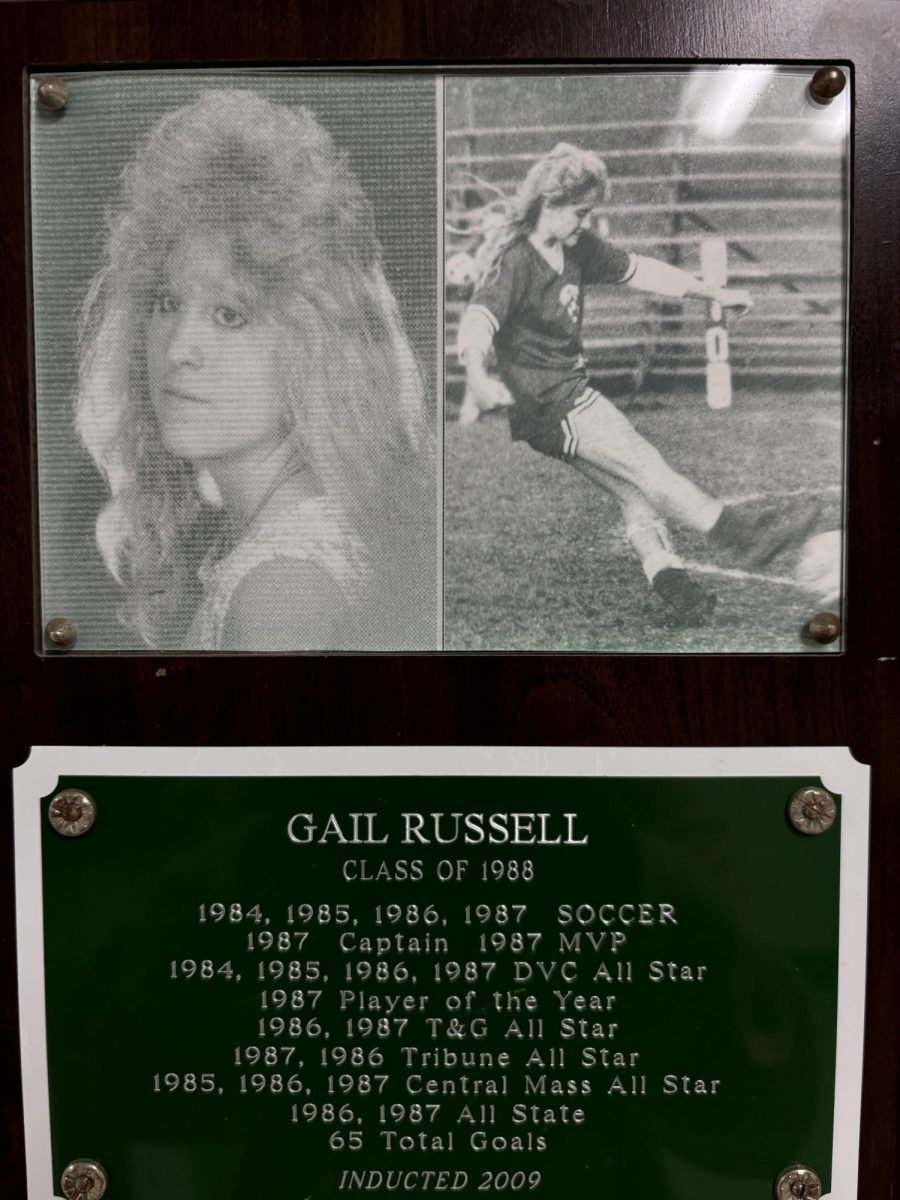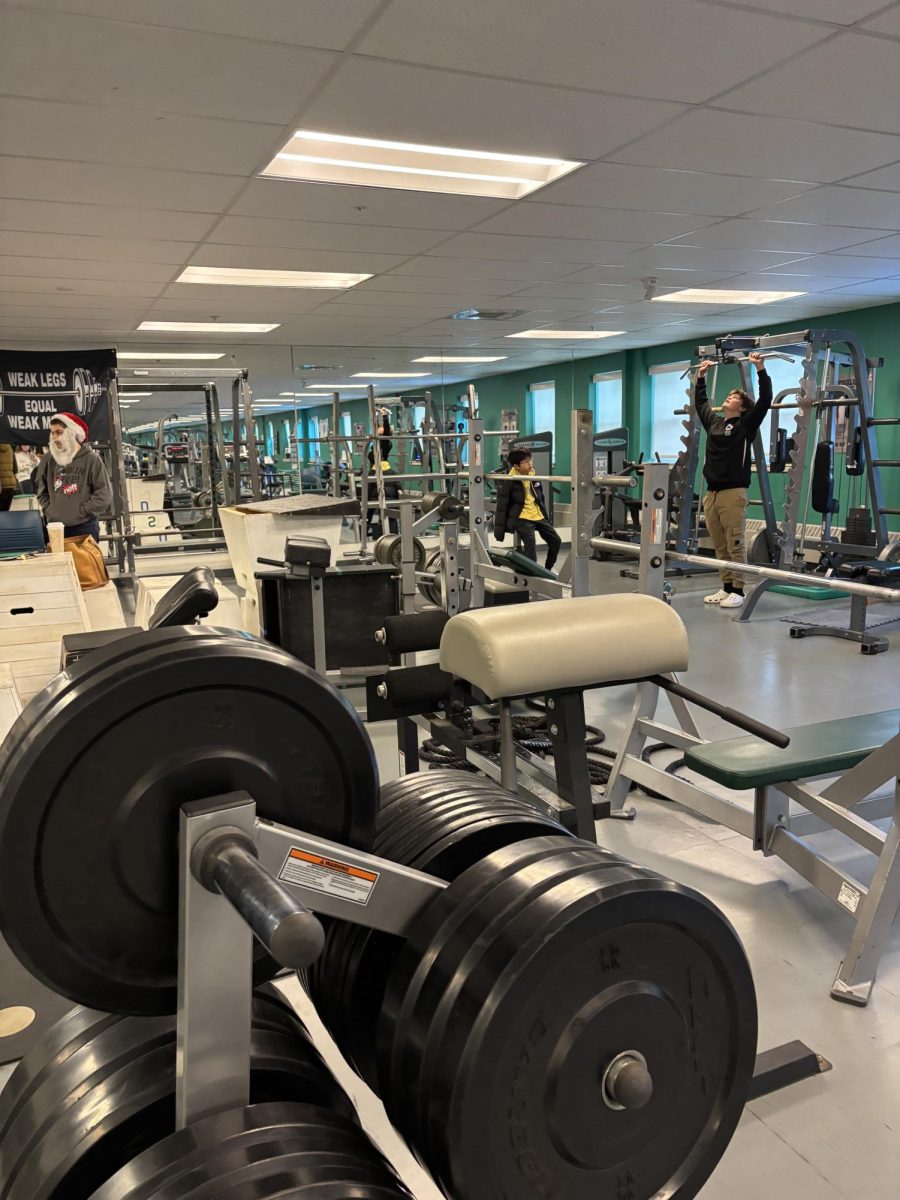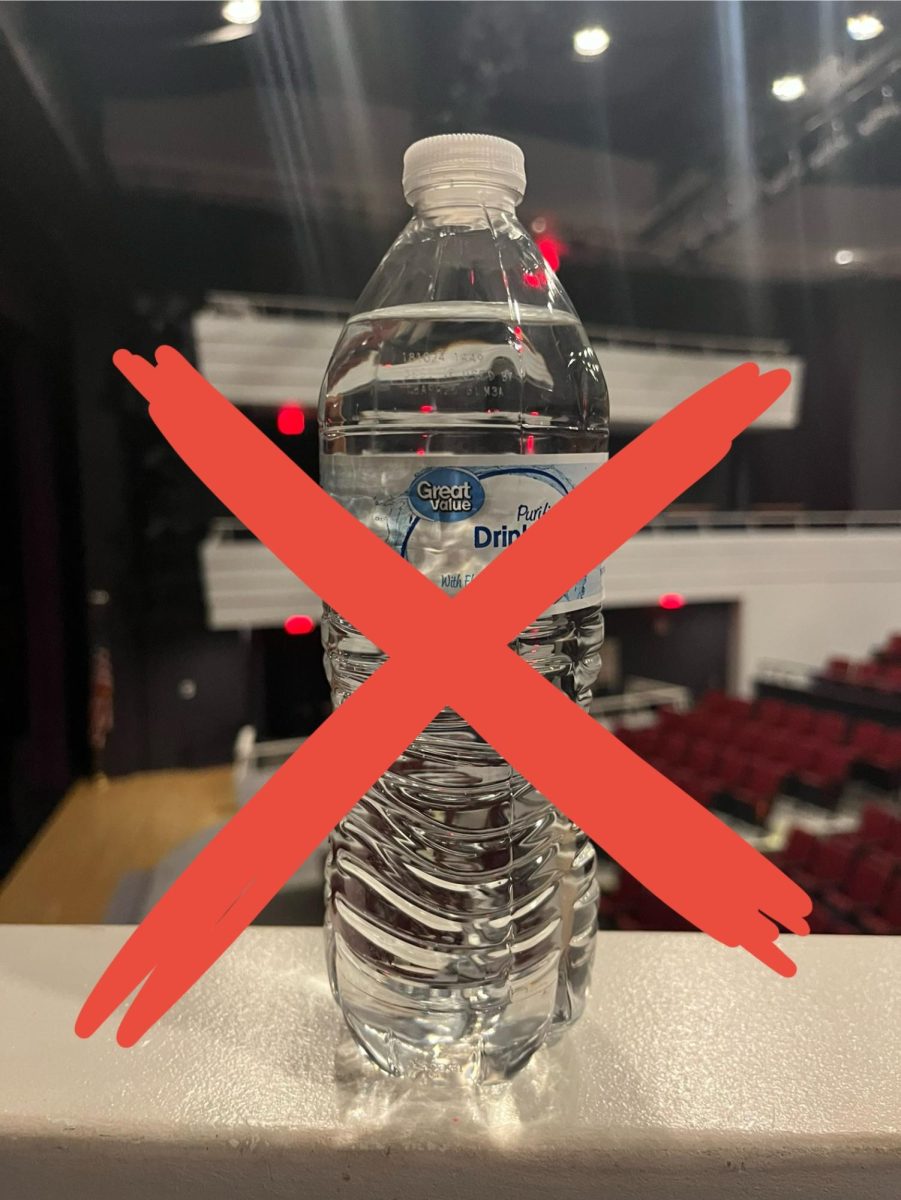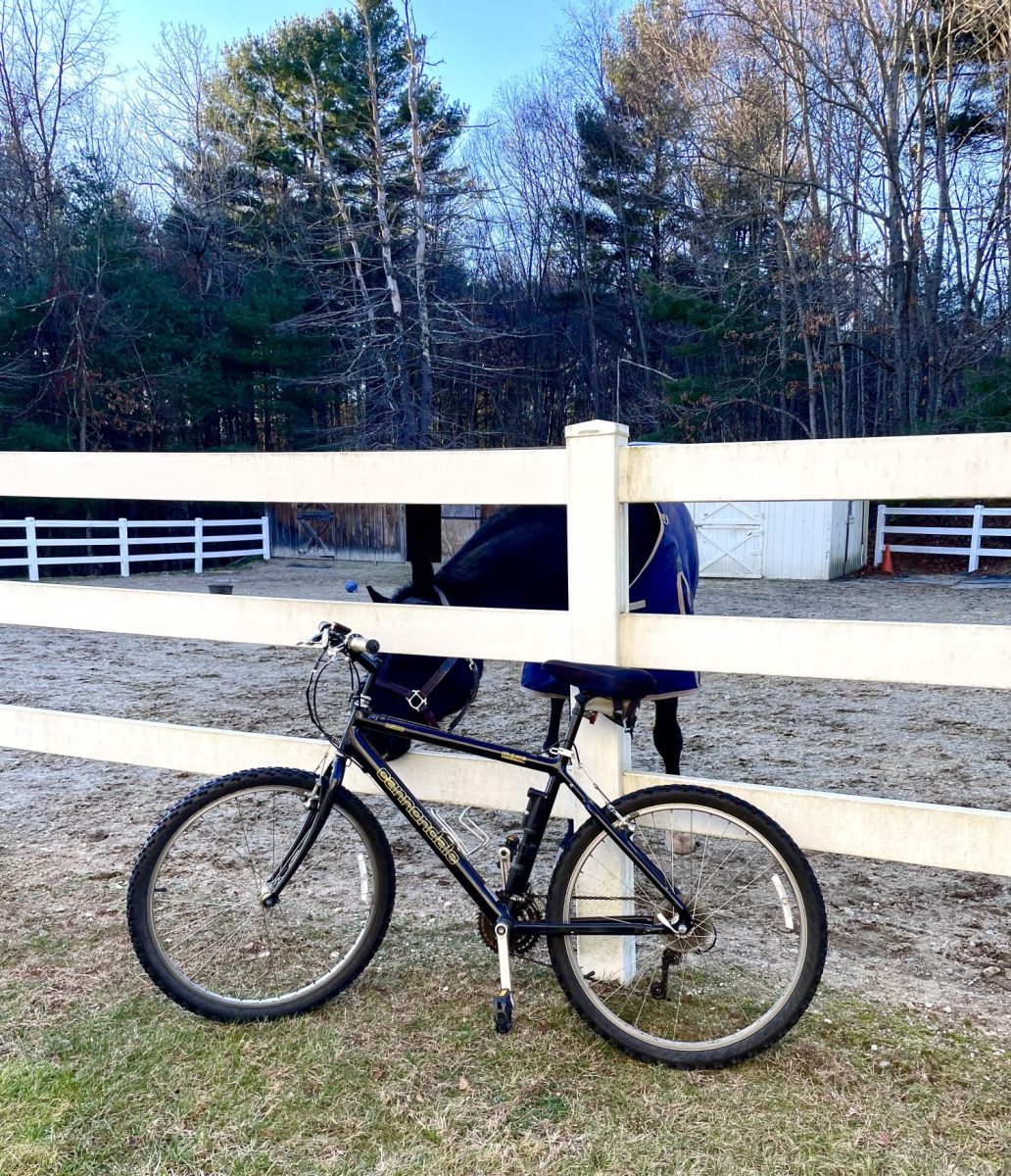Brutalist Architecture is Disappointing
Brutalist architecture emphasizes laziness and lack of creativity
June 9, 2022
For as long as humans have walked the plains of Earth, we have created shelters for ourselves, most commonly in the form of homes. The way that people create buildings has drastically changed over the years however.
Architecture comes in dozens of different forms: colonial, Victorian, ranch, and classical, just to name a few. One thing I have noticed is the increased prevalence of brutalist type buildings. These types of buildings bother me a lot, but let’s first find out what this architectural style really is.
My Modern Met describes Brutalist architecture as “known for its use of functional reinforced concrete and steel, modular elements, and utilitarian feel, Brutalist architecture was primarily used for institutional buildings.” These buildings are often large in scale, and the materials used to build them, primarily concrete, poses a rough feeling. The harsh and jagged shapes is a key defining feature of this style. “Brutalism took hold around the world… particularly in the UK and Eastern European Communist countries, where it was sometimes used to create a new national socialist architecture.”
Now that we have defined it and know what it is, I want to explain why I disdain these types of buildings.
My first reason is that when homes are built, they should feel inviting and comfortable. Most modern and brutal homes lack this feeling of security or peace due to its harsh aesthetic from its geometry. These houses feel unnatural because of the use of concrete as a staple material, and the homes feel dark and daunting unless a significant amount of natural light is present.
My second reason is the materials used in construction. Just using concrete, metals, and glass I find boring and bland, especially when there is little variation in structure. These materials are repetitive and are not creative. The way they use them I feel is just as important; however, I don’t feel like they use them in any special way that cannot be replicated using other materials. One thing I also notice is that large buildings like Boston City Hall have a hard time staying clean when using these materials. The high walls can often be seen with a grimy look which is a common look for buildings of this form.
My third reason is that they often exclude nature or plant life from their structures. Humans are naturally attracted to and are happier when surrounded by nature. Humans were not designed to live in large stone buildings like the ones found in brutalist architecture. Involving plants into a home is important because according to an NBC news article by Sophie Lee, “[plants] freshen up the air, but also eliminates harmful toxins. Extensive research by NASA has revealed that houseplants can remove up to 87 percent of air toxin in 24 hours. Studies have also proven that indoor plants improve concentration and productivity (by up to 15 percent!), reduce stress levels and boost your mood” (NBCNews). Brutalist architecture frequently does not share space with plants which I find concerning because of how important they are and how much they can influence mood and health.
My fourth reason is that there are better ways of making a home, government, or school building. Other types of architecture better fit human needs and psychology. For example, Boston City Hall could utilize a neoclassical style, which is similar to buildings like the United States Capitol building. The neoclassical style still feels powerful, but keeps intricacies, is far more creative in terms of structure, and more pleasing to the eye. In terms of residential housing, far better and comfortable options are available. Styles like colonial, Cape Cod, ranch, Tudor, craftsman are more fit for human living.
In the end, these buildings don’t bother me too much, but I dislike their prevalence and that people continue to endorse such lack of creativity. With all the tools and materials we have today, there are so many more opportunities to design interesting and intricate living spaces, but it’s wasted on concrete boxes and pillars. I don’t see the interest in such a style.
